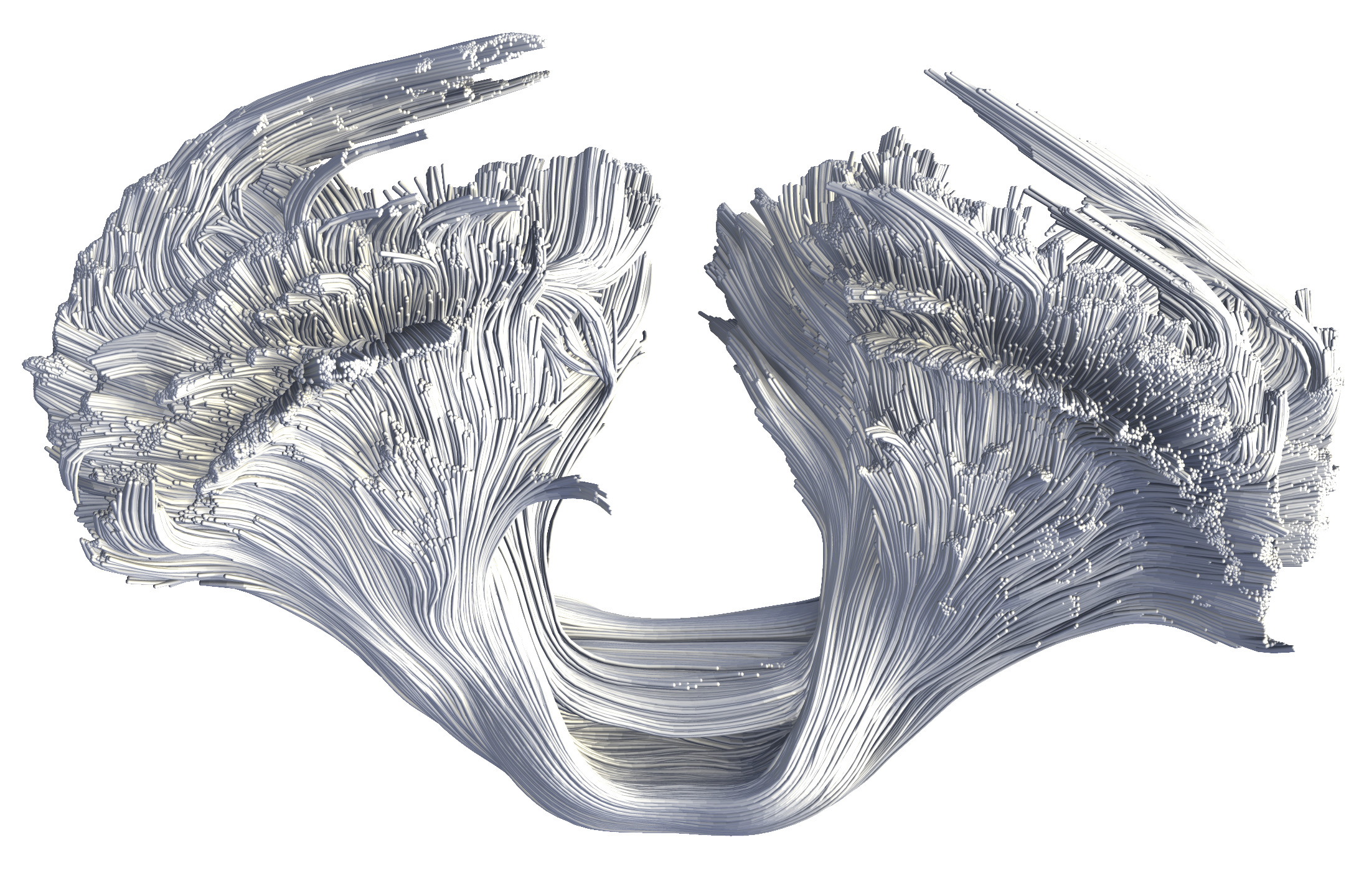High-quality real-time raycasting and raytracing of streamtubes with sparse voxel octrees
Tim McGraw
External link (DOI)
View presentation:2020-10-27T18:30:00ZGMT-0600Change your timezone on the schedule page
2020-10-27T18:30:00Z

Fast forward
Direct link to video on YouTube: https://youtu.be/LSF-4opcsK8
Keywords
Human-centered computing-Visualization-Visu-alization application domains-Scientific visualization,
Abstract
Voxel-based rendering and signed distance function (SDF) raycasting have been active areas of graphics research recently because they simplify high-quality graphical effects like ambient occlusion and shadowing as compared to rasterization. Much work has centered around converting triangle meshes to sparse voxel octrees (SVOs) and developing memory efficient storage schemes but little exploration of the implications to scientific visualization has taken place. In this work we explore techniques for high-performance rendering of tubes, such as streamtubes used for visualizing vector fields and fiber tracts from diffusion tensor MRI. We first present our method for generating a voxelization of the tubes, and then describe several methods for rendering: raytracing a SVO storing straight tube segments in the leaves, and hybrid raytracing/raycasting a SVO storing curved tube segments. We discuss the tradeoffs inherent in these different representations and compare the rendering techniques and results. Compared to standard graphics pipeline approaches, like using the geometry shader, we achieve joining, capping, and smooth circular cross-sections with minimal additional effort.